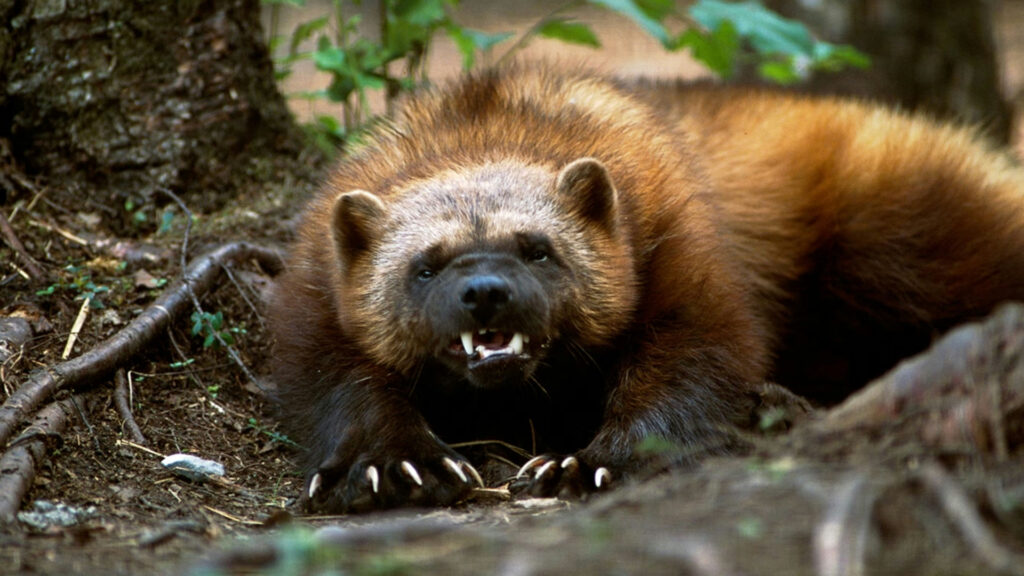
Wolverines are one of the most fascinating yet elusive animals in the natural world. Known for their rugged strength, ferocity, and resilience, these creatures inspire awe and curiosity. Despite their reclusive nature and limited population, wolverines have captured imaginations with tales of their “bad attitudes” and remarkable survival skills. Let’s dive into 13 incredible facts about these wild and tenacious animals!
1. Wolverines Are Giant Weasels

Wolverines might seem like miniature bears or small wolves, but they actually belong to the Mustelidae family, which includes weasels, otters, and badgers. They are among the largest members of this family, with adults reaching lengths of 2–4 feet and weighing anywhere from 15–60 pounds. Their muscular build and dense fur give them a larger appearance, but their size is deceptive—they are far stronger and more aggressive than their small stature suggests.
2. They Live Across Three Continents
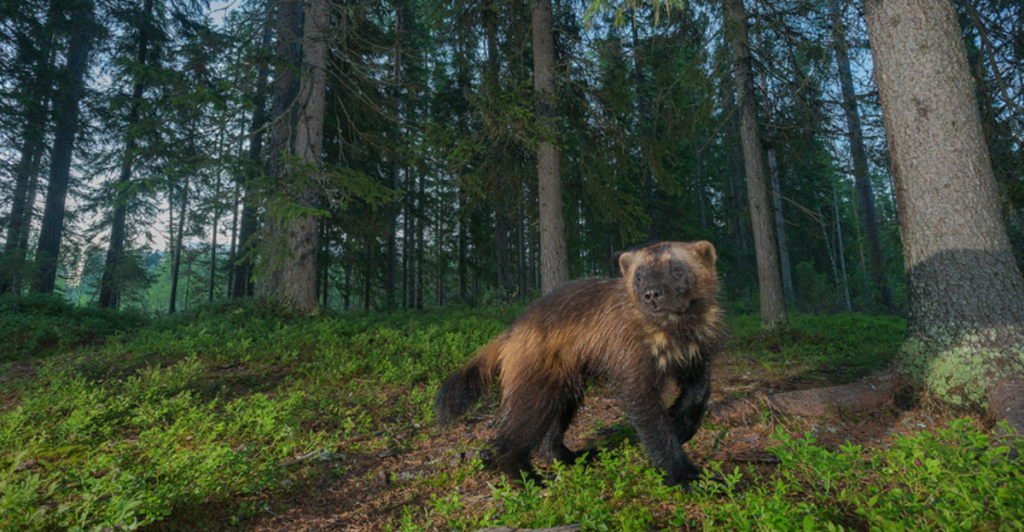
Wolverines are widespread, inhabiting remote regions in North America, Europe, and Asia. They thrive in areas with cold climates and rugged terrain, such as Alaska, Canada, Scandinavia, and Siberia. There are two subspecies: Gulo gulo gulo in Eurasia and Gulo gulo luscus in North America. Despite their wide distribution, their populations are sparse, and they are rarely seen by humans due to their elusive nature and vast home ranges.
3. Wolverines Have Many Names
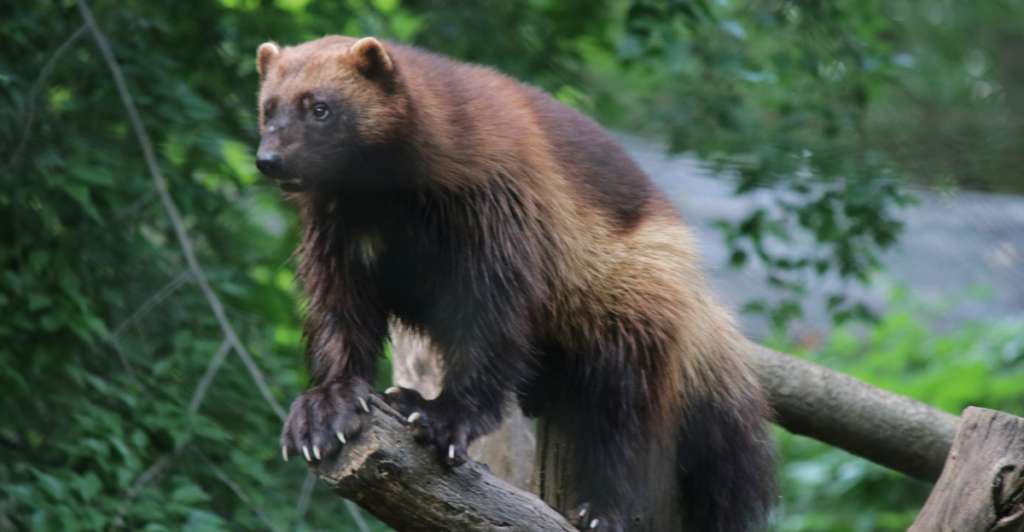
Known for their ferocious nature, wolverines have accumulated a variety of nicknames. In North America, they are sometimes called “skunk bears” because of their strong scent and bear-like appearance. In Scandinavia, they are referred to as “fjellfräs,” or “mountain devil,” reflecting their strength and tenacity. Indigenous languages also have unique names for wolverines, underscoring the cultural significance of this remarkable animal.
4. Their Scientific Name Reflects Their Appetite
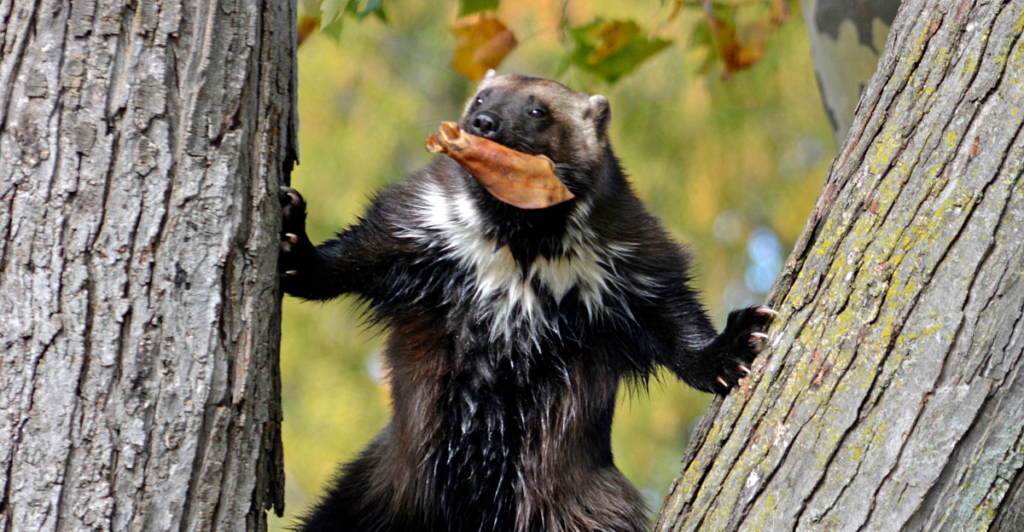
The Latin name for wolverines, Gulo gulo, translates to “gluttonous glutton,” a nod to their voracious eating habits. Wolverines are infamous for consuming large quantities of food in one sitting. This trait helps them survive in harsh environments where food is scarce, as they can gorge on a kill and store the energy for later. Their eating habits also make them essential to the ecosystem, as they clean up carrion and recycle nutrients.
5. Wolverines Thrive in Mountainous Terrain
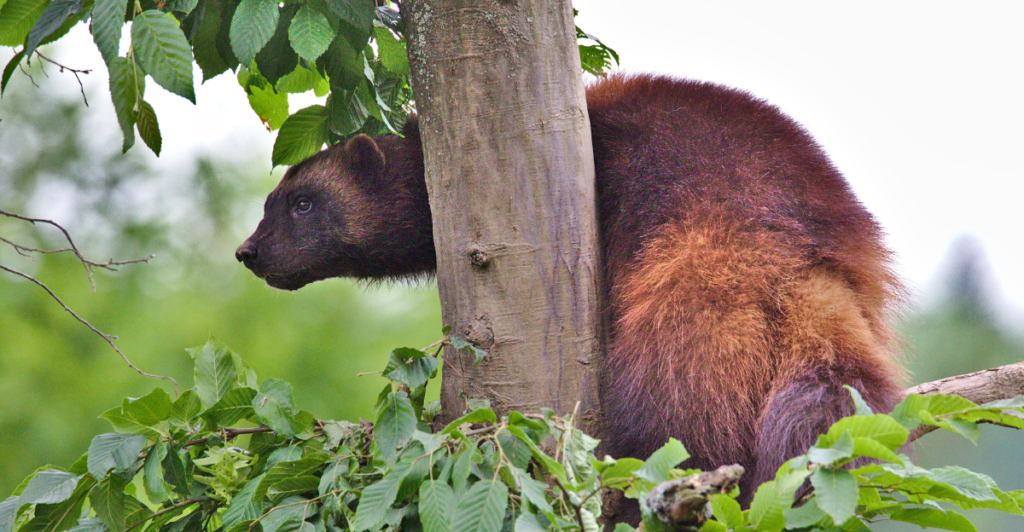
Wolverines are well-adapted to some of the harshest environments on Earth. They prefer high elevations with steep slopes, dense forests, and heavy snowfall. These areas provide ample cover and prey. Their ability to traverse icy cliffs and snowfields makes them formidable predators and scavengers, capable of thriving where few other animals can survive. Their preferred habitats are often remote and difficult to access, adding to their mystique.
6. They Are Built for Winter Survival
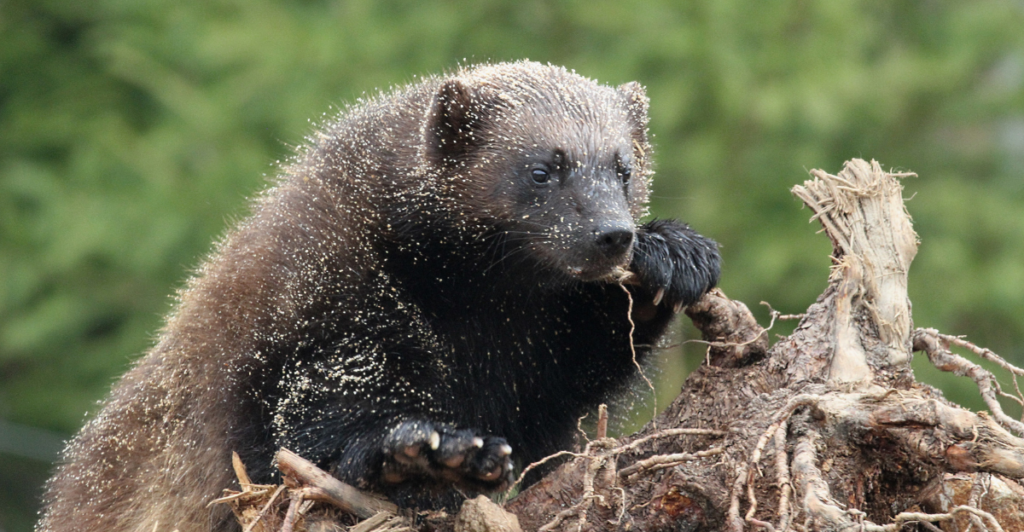
Every aspect of a wolverine’s anatomy is designed for life in the snow. Their broad, snowshoe-like paws distribute their weight, preventing them from sinking into deep snow. Thick, frost-resistant fur keeps them warm in subzero temperatures, while their long claws provide traction on icy surfaces and help them dig through snow to reach prey. Even in the most extreme winter conditions, wolverines are active and resilient.
7. They Punch Above Their Weight
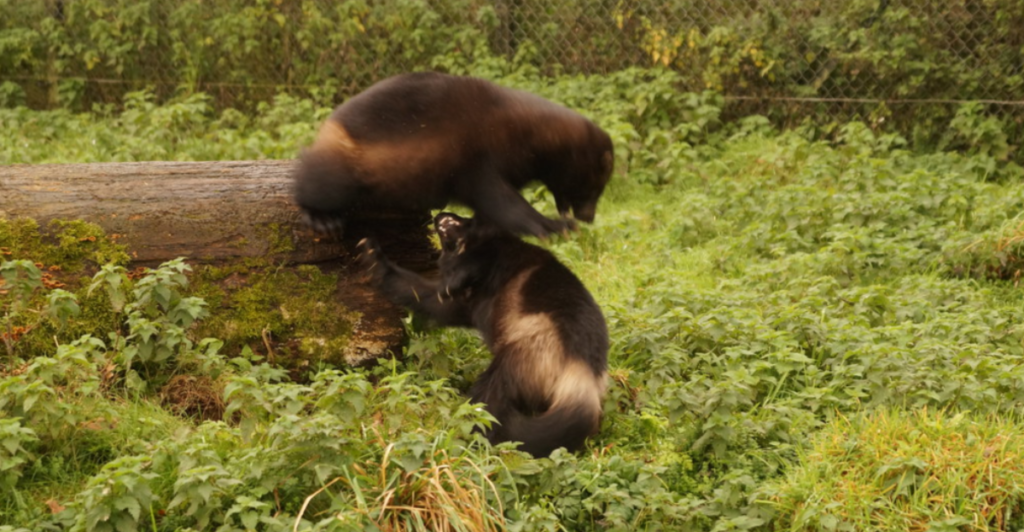
Despite their relatively small size, wolverines are fearless predators. Stories of them intimidating grizzly bears, wolves, and even humans are legendary. Wolverines are capable of taking down prey much larger than themselves, such as deer or caribou, using their strength, speed, and razor-sharp teeth. This reputation for fearlessness has earned them admiration and respect among indigenous peoples and wildlife researchers alike.
8. Wolverine Mothers Build Snow Dens
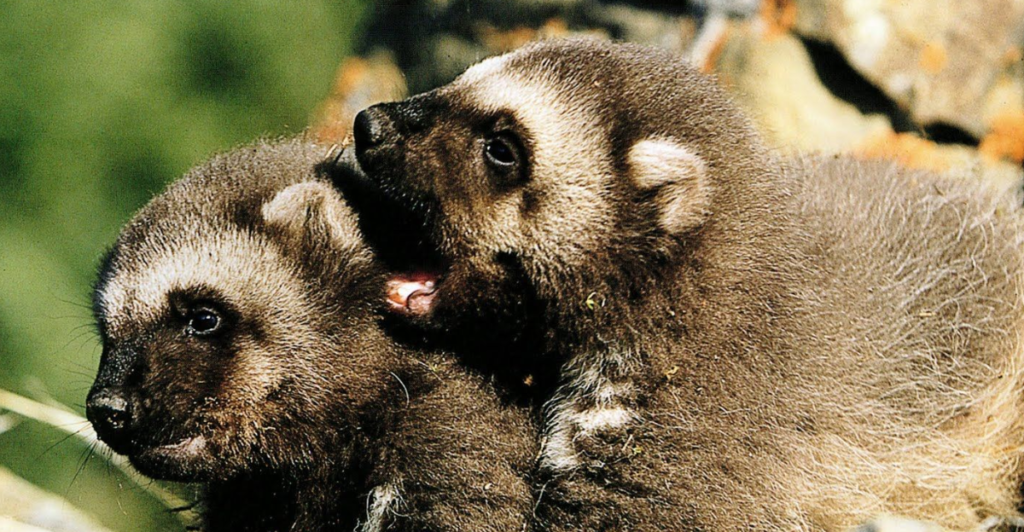
Female wolverines are dedicated mothers who give birth during the winter months. They create elaborate dens by digging into deep snow, providing their kits with warmth and protection from predators. The dens are often located in remote, snowy areas that remain cold throughout the season. Climate change poses a serious threat to wolverine populations, as diminishing snow cover reduces the availability of these crucial birthing sites.
9. They Hunt and Scavenge
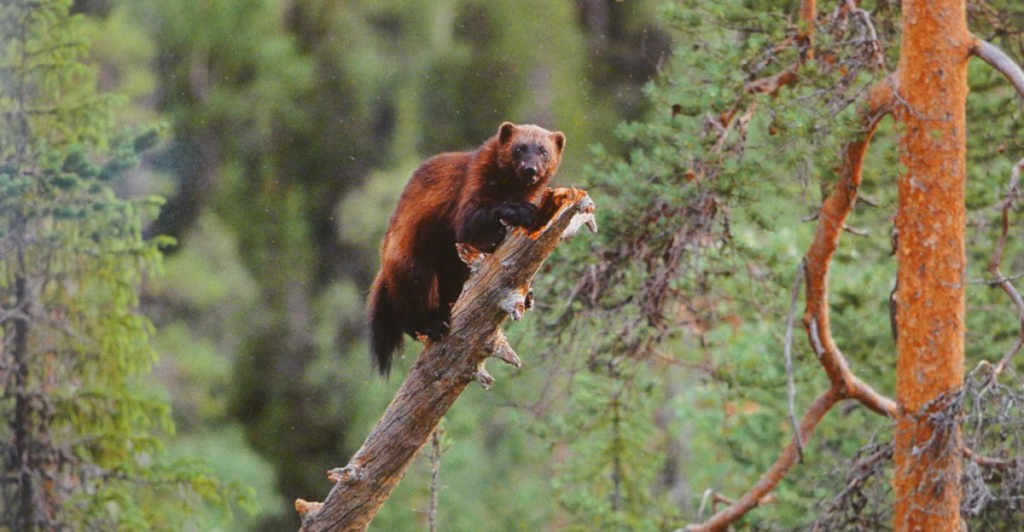
Wolverines are opportunistic eaters, willing to hunt live prey or scavenge carrion. They primarily feed on small mammals like rabbits, squirrels, and rodents but are not above scavenging larger kills made by other predators. Their powerful sense of smell allows them to detect food buried under several feet of snow, making them adept at surviving in barren winter landscapes where other animals might starve.
10. Specialized Teeth Help Them Eat Bones and Frozen Meat
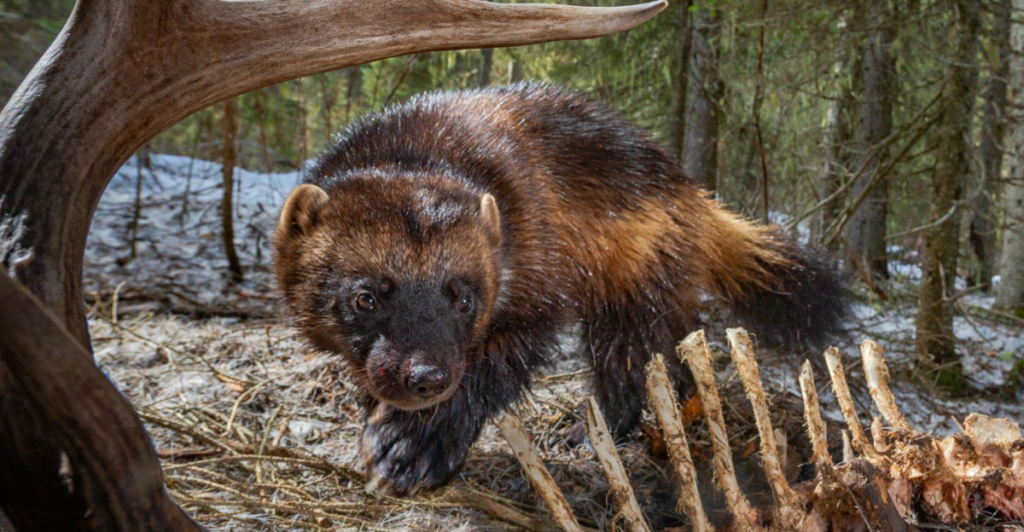
Wolverines have incredibly strong jaws and specialized molars that are rotated at an angle, allowing them to crush bones and shear through frozen meat. This ability is vital during the winter months when food is scarce, and scavenging frozen carcasses might be their only option. Their diet includes bones, tendons, and hides, demonstrating their ability to utilize every part of a kill.
11. They Are Relentless Travelers
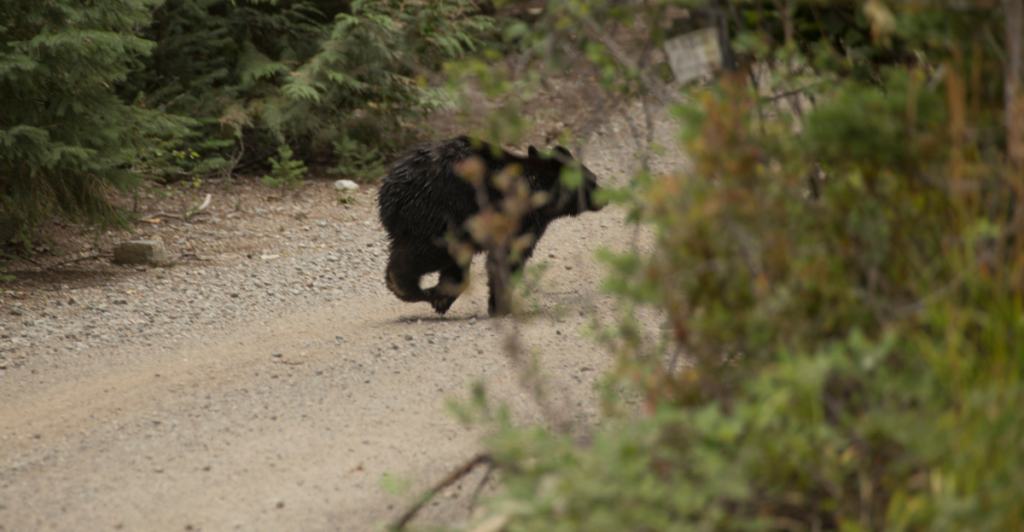
Wolverines are constantly on the move, covering vast distances in search of food. A single wolverine may travel up to 15 miles in a single day, navigating steep slopes, dense forests, and snow-covered valleys with ease. Their stamina and agility make them some of the most impressive long-distance travelers in the animal kingdom. This nomadic lifestyle allows them to exploit a wide range of habitats and resources.
12. They Are Masters of Camouflage
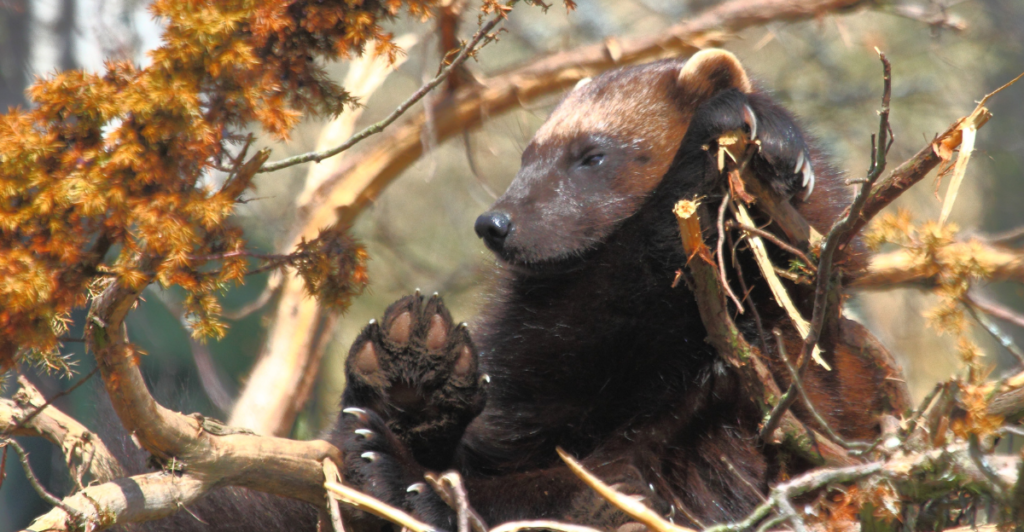
A wolverine’s dark brown fur, accented with light stripes running down its sides, blends seamlessly into the snowy and wooded landscapes they inhabit. This camouflage helps them avoid larger predators like wolves and bears while allowing them to sneak up on unsuspecting prey. Their stealth and ability to disappear into their surroundings contribute to their elusive reputation.
13. Wolverines Are at Risk
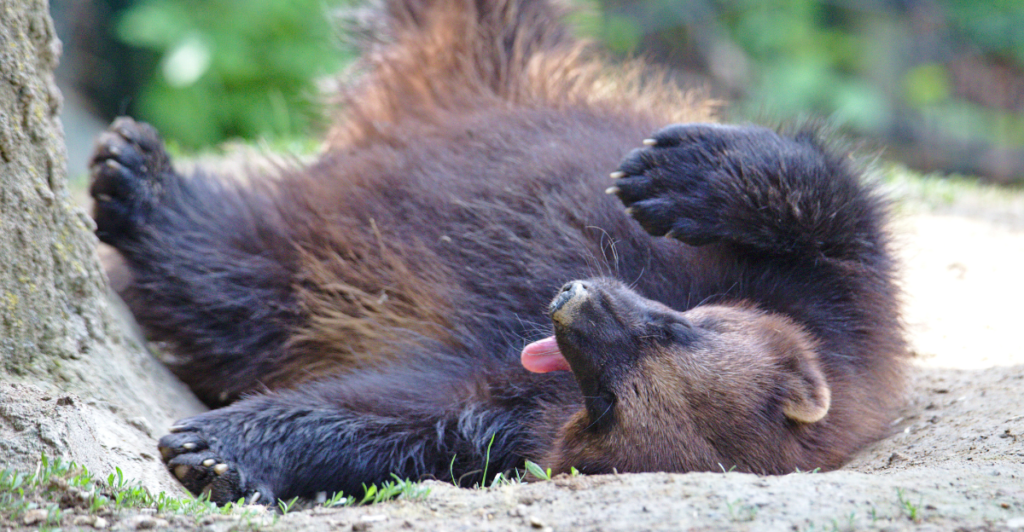
Despite their resilience and adaptability, wolverines face numerous threats, including habitat loss, climate change, and hunting. As snowpack declines due to global warming, the areas suitable for wolverine dens are shrinking. Conservation efforts are critical to ensuring these magnificent animals continue to roam the wild. Protecting their habitats and promoting coexistence with humans are essential steps in safeguarding their future.
Wolverines are a testament to nature’s strength and ingenuity, surviving and thriving in some of the world’s harshest conditions. By understanding and protecting these incredible animals, we can ensure their legacy endures for generations to come.
Stay connected with us for more stories like this! Follow us to get the latest updates or hit the Follow button at the top of this article, and let us know what you think by leaving your feedback below. We’d love to hear from you!







